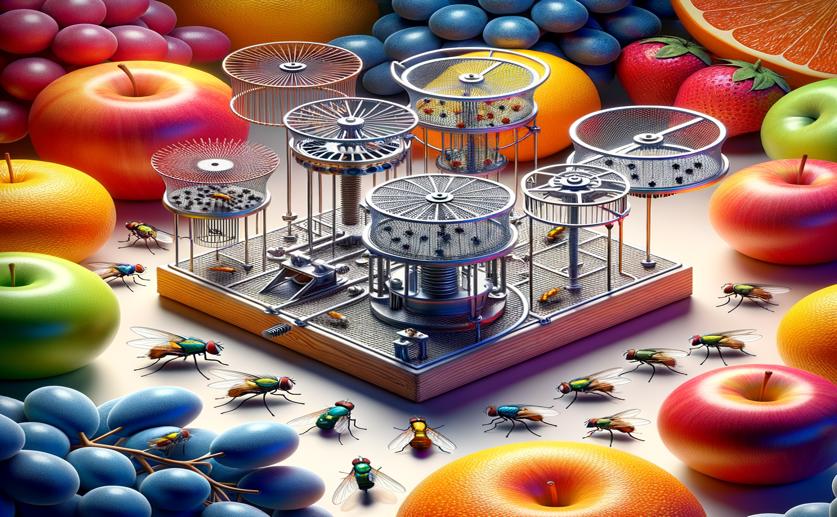
Testing New Traps to Catch Male and Female Fruit Flies
Jim Crocker
28th June, 2024

Image Source: Natural Science News, 2024
Key Findings
- The study in south-west Western Australia compared male-targeted and female-targeted traps for detecting Medfly populations in apple orchards
- Male-targeted traps generally caught more Medflies overall, but female-targeted traps were more effective early in the season when populations were smaller
- Using both trap types together is optimal: female-targeted traps for early detection and male-targeted traps for larger populations later in the season
AgricultureEnvironmentAnimal Science
References
Main Study
1) Field evaluation of female- and male-targeted traps for Ceratitis capitata (Diptera: Tephritidae).
Published 27th June, 2024
https://doi.org/10.1093/jee/toae139
Related Studies
2) Simulation Modeling to Interpret the Captures of Moths in Pheromone-Baited Traps Used for Surveillance of Invasive Species: the Gypsy Moth as a Model Case.
Journal: Journal of chemical ecology, Issue: Vol 42, Issue 9, Sep 2016
3) Dispersal From Overwintering Sites, Action Thresholds for Blueberry Maggot Fly (Diptera: Tephritidae), and Factors That Can Influence Variation in Predicted Fruit Infestation Levels in Maine Wild Blueberry: Part I.
4) Connectivity of stormwater ponds impacts Odonata abundance and species richness.



 29th May, 2024 | Jim Crocker
29th May, 2024 | Jim Crocker